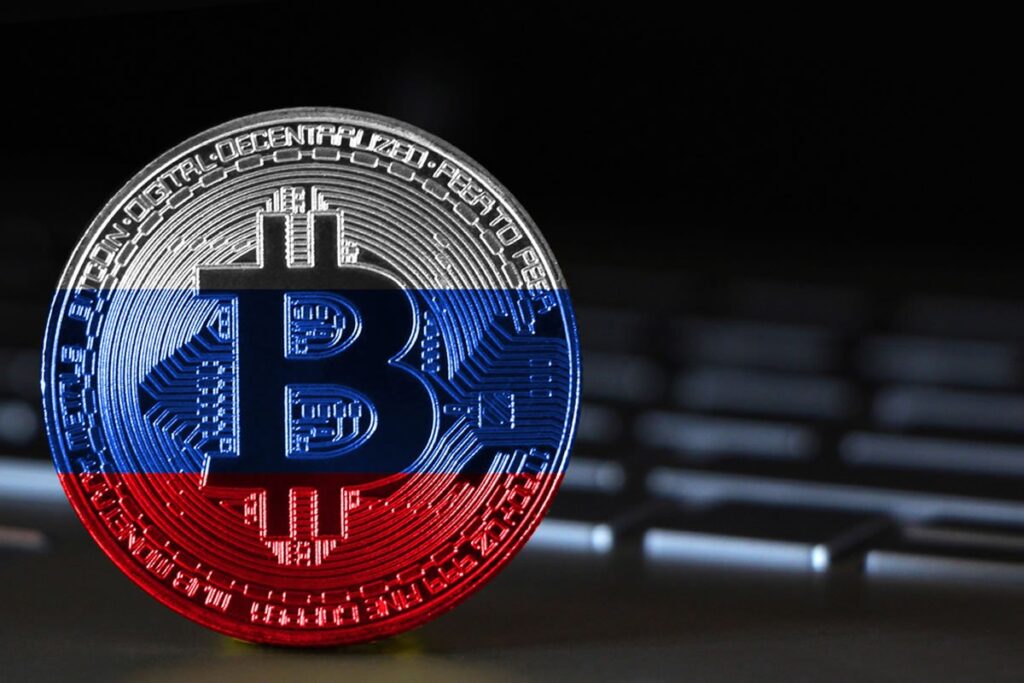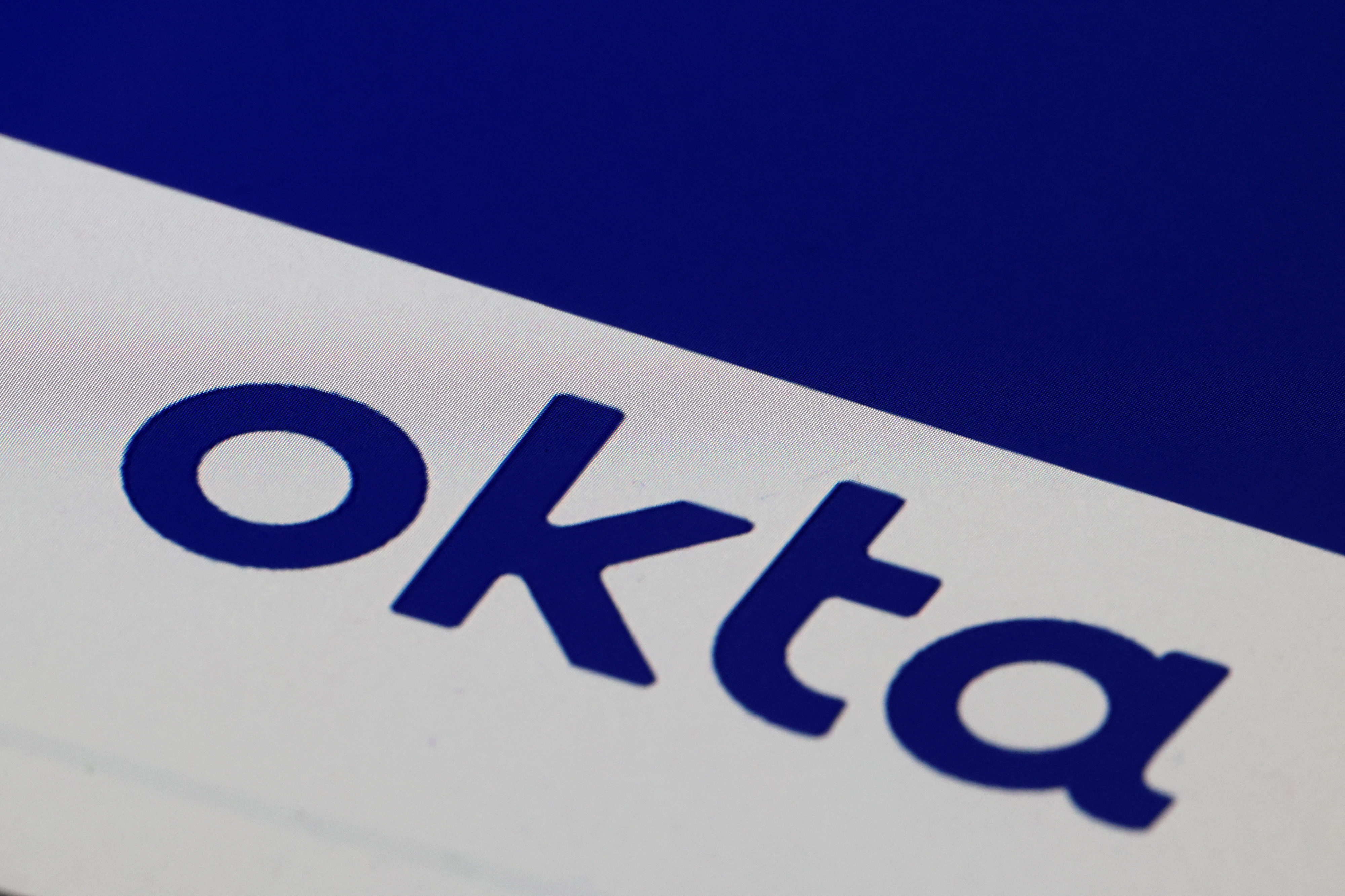On Monday, The Security Service of Ukraine (also known as the SBU) had announced that they had discovered and destroyed five bot farms since the war had started with Russia. These bot farms were spreading misinformation to Ukrainian citizens during the war, causing panic among them. These bot farms had over 100,000 fake social media accounts spreading this misinformation, and some are even responsible for spreading fake bomb threats.
At these bot farms, The Security Service of Ukraine had found at least 100 GSM gateways, close to 10,000 SIM cards, and other laptops and mobile devices. This equipment allowed for these bot farms to run at large capacity.
What is a bot farm?
A bot farm manages a large number of fake accounts to create more traffic towards areas on the internet. This traffic is created by these fake accounts clicking on social media posts, liking the posts, sharing them, and commenting on them. This eventually leads to real accounts eventually coming across these posts and could even cause a social media post to become viral.
Bot farms have more applications than just this, some other examples of how bot farms are used today are:
- Creating traffic on other websites
- Downloading apps in the app store and improving their reviews.
- Click frauds, which is the process of clicking on internet ads that will increase revenue on a website and increase advertising revenue.
What can be done to counter bot farms?
In relation to Ukraine, there is now a fact check bot that can detect whether information is relevant or not. The “Perivika” bot was created recently, and The Center of Countering Disinformation at The Nation Security and Defence Council of Ukraine recommends this bot for Ukrainian citizens to fight against misinformation bot farms. Internet users can send a website link of suspected misinformation and the bot will verify if it is real or fake.
Takeaways
While using the internet, it is very important to be aware of what you are viewing on social media or websites in general. Don’t panic if you see a social media post or internet article of concern. There is a good chance that a bot farm could be responsible. Always make sure that you do the proper research in the content that you are viewing. Having trusted sources is a great way to ensure that you are receiving trusted information.
References
https://www.zdnet.com/article/ukraine-takes-out-five-bot-farms-spreading-panic-among-citizens/
https://blog.malwarebytes.com/malwarebytes-news/2022/03/ukraine-shuts-down-disinformation-bot-farm/
https://therecord.media/ukraine-dismantles-social-media-bot-farm-spreading-panic/













